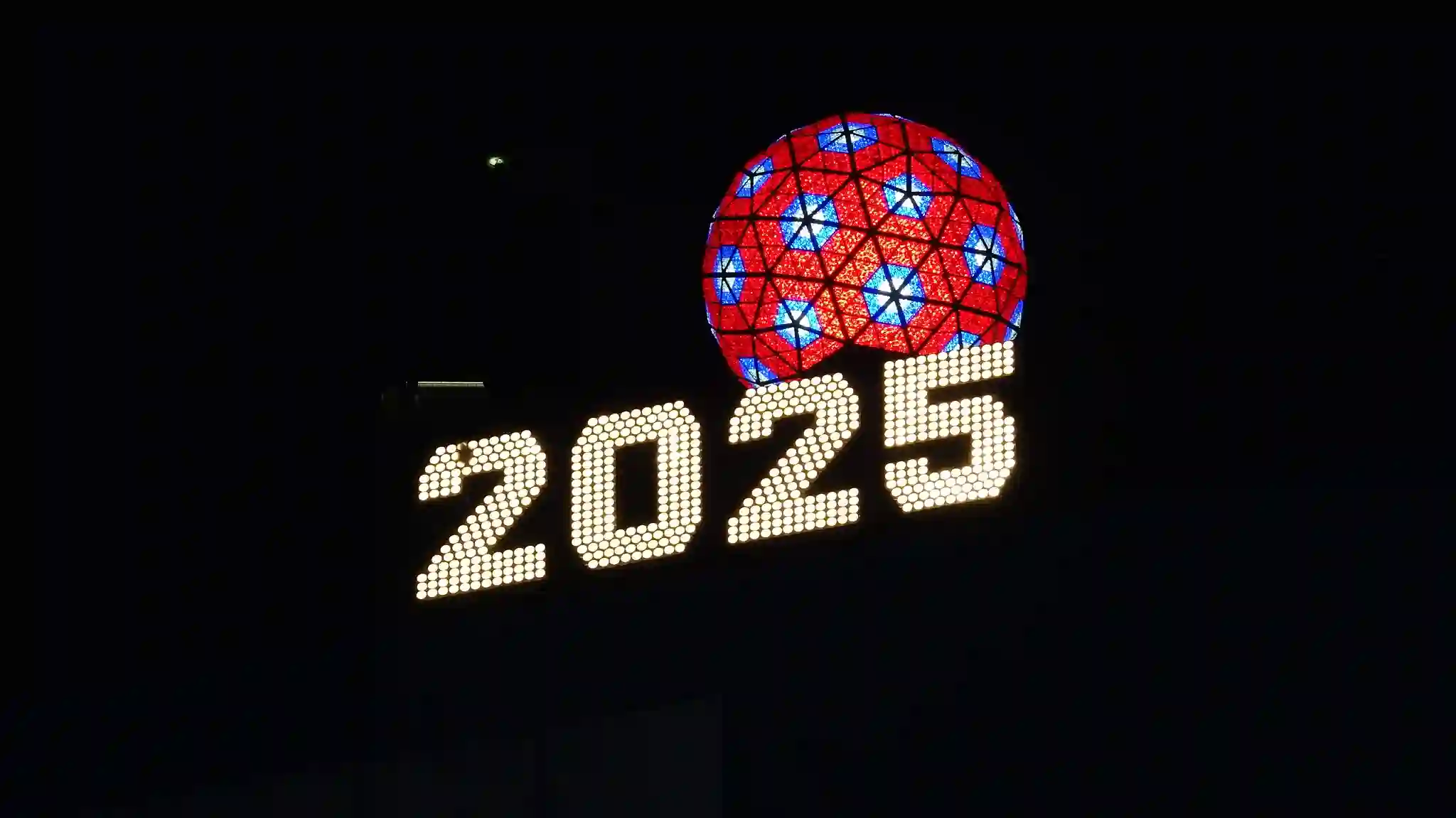Five Passenger Rail Predictions for 2025

Photo courtesy of Alex Lozupone. Licensed under CC BY 4.0
1: Rail Ridership Will Increase Across the Board
Amtrak, having served a record number of passengers in 2024, is likely to see another increase in ridership by the end of 2025. We predict the increase will be driven by ongoing urbanization, rebounded travel demand, increased highway traffic, and ever worsening hassles at airports.
Passenger rail ridership is likely to increase at the regional level too. Transit agencies across the United States are recognizing that “commuter rail” must change to meets the needs of the post-pandemic world. People no longer travel into the city just to commute to their 9 to 5 job. They need rail service that can bring them home from an evening dinner, take them to a midday doctor’s appointment, and get them to the city on weekends. Transit agencies will continue working towards meeting that demand through 2025.
Perhaps the most dramatic plan to reshape transit is taking place in New York City. The Metropolitan Transportation Authority’s (MTA) congestion pricing plan went into effect on January 5 and is expected to increase rail ridership in the long-term. The toll to drivers entering Manhattan is also expected to fund a significant portion of the MTA’s $68.4 billion dollar capital plan, which includes the replacement of 1980s-era rolling stock for Long Island Railroad, adding more cars to the subway fleet, and bringing several critical infrastructure pieces to a state of good repair.
2: Passenger Rail Will Get Smarter and More Interconnected
Digital technology will play a bigger role in enhancing the passenger experience in 2025. Millennials and Gen Z expect a connected experience when traveling. This includes real-time updates, seamless ticketing systems via mobile apps, and online travel planning tools. The Southeastern Pennsylvania Transportation Authority (SEPTA) started 2025 with the launch of its version 3.0 mobile app. SEPTA hopes the new app will improve customer experience and increase ridership. Other agencies are likely to follow suit to meet demand from young adults.
3: Investment in Green Technology Will Increase
Despite ongoing litigation between railroads and the California Air Resources Board (CARB) over the agency’s mandate for zero emissions locomotives by 2030, significant progress has been made in reducing railroad emissions. Rail operators will continue to focus on sustainability in 2025 by pushing for the development of more energy-efficient and zero emissions trains.
Class I freight railroad Canadian Pacific Kansas City (CPKC), for example, is actively testing hydrogen-powered locomotives in heavy-haul service in the rugged mountains of British Columbia, pushing the technology to the limits of capabilities. Meanwhile, rolling stock giants Wabtec and Progress Rail are both testing battery-electric locomotives across several types of applications. These tests are likely to contribute significantly to further development of the technologies over the year. Passenger railroads will eventually benefit from freight railroad leadership in this space, allowing them to decarbonize operations without the huge capital investments required to electrify their right-of-way.
4: Urban Mobility Will Expand
Urban rail systems like subways, trams, and commuter rails will expand in response to growing urbanization. Integration with bike-sharing, autonomous shuttles, and electric buses will form more efficient, multi-modal transport systems to reduce car dependency in cities. This will enhance “last-mile” connectivity and make intercity rail travel more convenient for passengers arriving at major regional hubs, like New York’s Penn Station and Philadelphia’s 30^th^ Street Station.
5: Night Trains Will Drive Interest from the General Public
While high-speed rail globally has received the bulk of media coverage regarding railway projects, night trains are on track to innovate more than any other passenger rail segment. While daytime operations only offer passengers a seat, night train operators in Europe have experimented with a wide variety of sleeping cabin formats and services. Nightjet last year introduced the mini cabin concept, which was inspired by Japanese capsule hotels. The new accommodation has allowed Nightjet to offer a private space at a price that’s close to that of a couchette bed, a significant improvement.
Lunatrain is similarly working to innovate passenger rail with night trains in the United States. In the coming weeks, we will reveal more about our proposed service and how we plan to build it. To be the first to hear about it, sign up for our waitlist below.